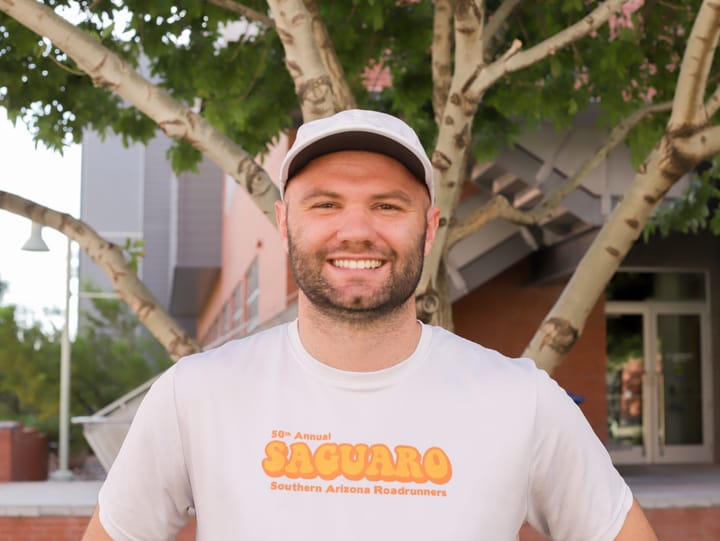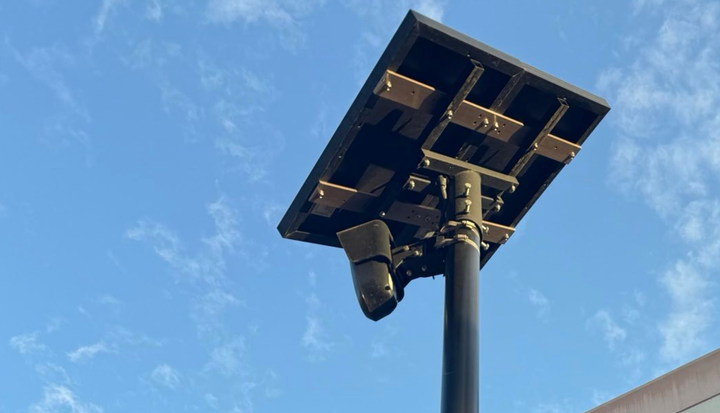Student project helps South Tucson plan for the future
A University of Arizona urban planning class partnered with the City of South Tucson to create an award-winning toolkit that helps the community plan for an equitable, culturally rooted future.
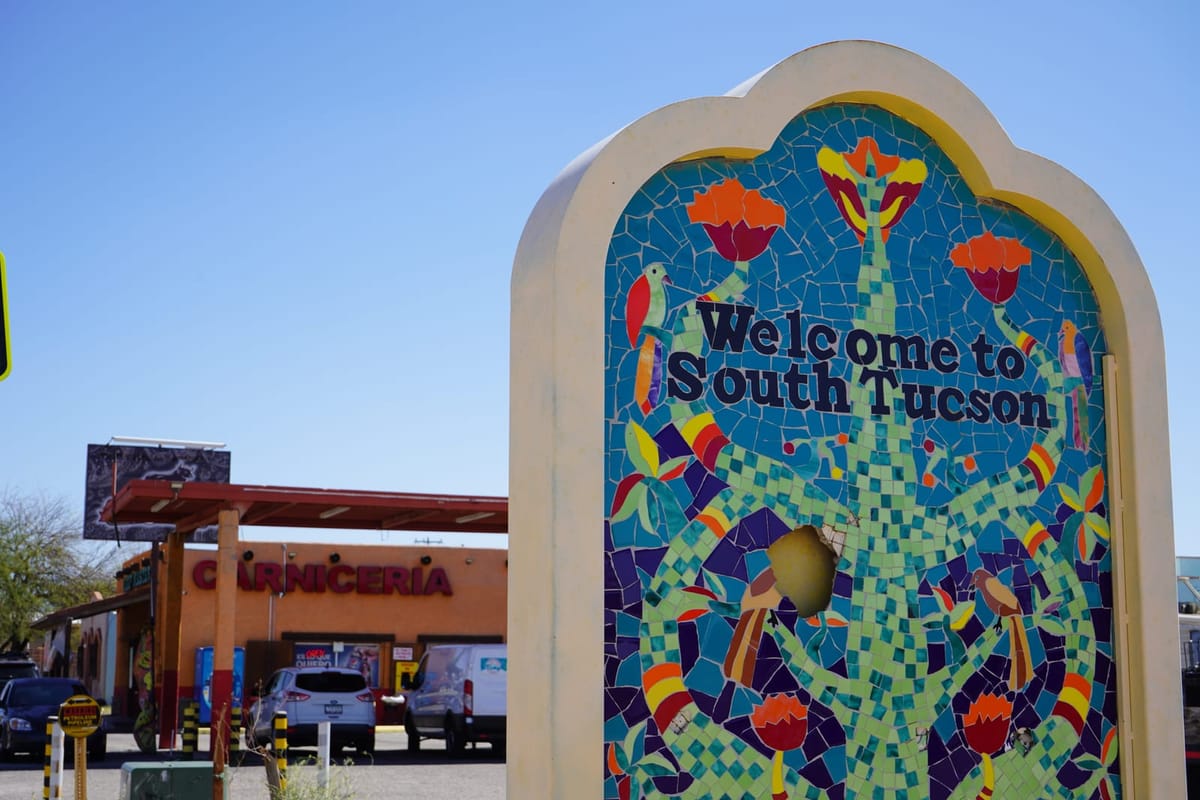
A student-designed planning project that celebrates South Tucson’s resilience and culture is gaining national attention.
The University of Arizona’s Community Investment Strategy Toolkit, developed in partnership with the City of South Tucson, won top honors from the American Planning Association for helping the small city plan a thriving, equitable future.
The 140-page toolkit, created by students in the UA’s urban planning graduate program, was awarded Best Student Planning Project. It provides recommendations for the city’s future development.
Since its founding, South Tucson has been historically underserved. Its existence is a form of resistance against colonization and the developmental forces of gentrification that “can threaten the character of South Tucson if not prepared,” according to the toolkit.
“We know that they're preparing for their general plan update (and) were hoping that this report would help lay some of the groundwork for that,” said Stephanie Brennan, one of the 11 graduate students who worked on the capstone project. “We wanted to develop a toolkit that the city could use to pick and choose strategies they would like to respond to development and growth pressures and maintain identity and avoid displacement throughout the city.”
The South Tucson City Council is working with a 26-year-old general plan — its long-term, comprehensive roadmap for the community’s development. While the toolkit created by the students is not a strategic plan, it lays the foundation for the city to create one and gives officials a detailed breakdown of goals and proposed solutions.
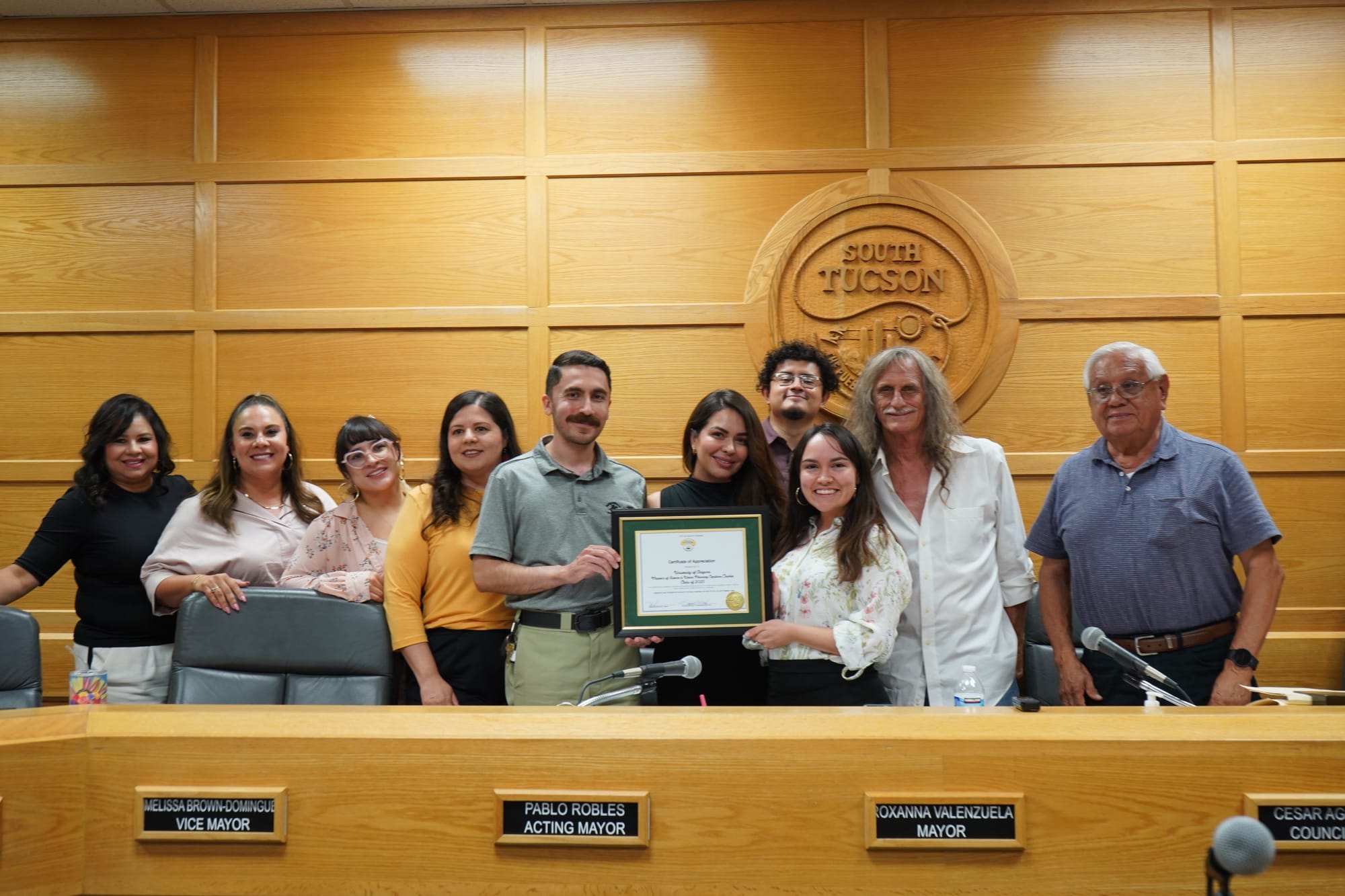
More than half of South Tucson’s residents speak predominantly Spanish, and the city’s household income is considerably lower than the state median. There are also significant disparities in disability and health care access, the toolkit says.
“This plan really helps, not just to fill the gap, but create some type of benchmark for the city that doesn't exist,” said South Tucson Community Investment Strategist Selina Barajas, one of the main liaisons who connected students with people and resources. “If this project was done anywhere else, it would have just helped complement, where this really helped create something tangible.”
Barajas, who has a master’s degree in urban planning from UCLA, connected with UA Professor Arlie Adkins last year to bring the collaboration together.
Barajas and South Tucson City Planning and Zoning Director Josue Licea began working with students last October, meeting with city leaders and community members, walking the streets, riding the bus, and visiting restaurants and businesses for a community-informed approach.
The students’ report began with an in-depth history of the city dating back to colonization. It highlights South Tucson’s resilience, starting with business owners who refused to pay higher taxes and ending with the failed annexation of South Tucson into the much larger City of Tucson.
After speaking with community members, students identified five key focus areas: community identity, local economy, housing, heat resilience and transportation. They split into smaller groups that each tackled one of those topics.

For each goal, students created strategies city leaders could implement and proposed several projects that incorporated those goals.
“We wanted South Tucson to be able to pick and choose which strategy they wanted to implement, recognizing that there are constraints for a small jurisdiction to implement large-scale projects,” said Brennan, who focused on housing and heat resiliency. “We tried to design everything so it can be viewed as a whole or independently, if they just wanted to tackle one aspect of our transportation section.”
The project didn’t come without challenges. Students had to contend with missing records and were often the ones creating databases, maps and graphics from information they collected.
“It was pretty complicated,” said Romina Marca, a student who focused on transportation and created graphics for the report. “We kind of just had to go to the place and learn from it — take some photos and map some of the stuff that wasn't there for us to understand.”
Graduate student Siavash Habibi built a database almost entirely by himself that included foundational data like land ownership, transportation and other information that had never been collected.
“It went beyond (just a database) and became a physical hub for the city staff to use for their daily tasks and also for the residents to know more about their property, what projects are being done in the city, what the current trends are, and all the other information residents have,” Habibi said during a September city council meeting. “It was time to connect residents and the city more to help them know more about their city.”
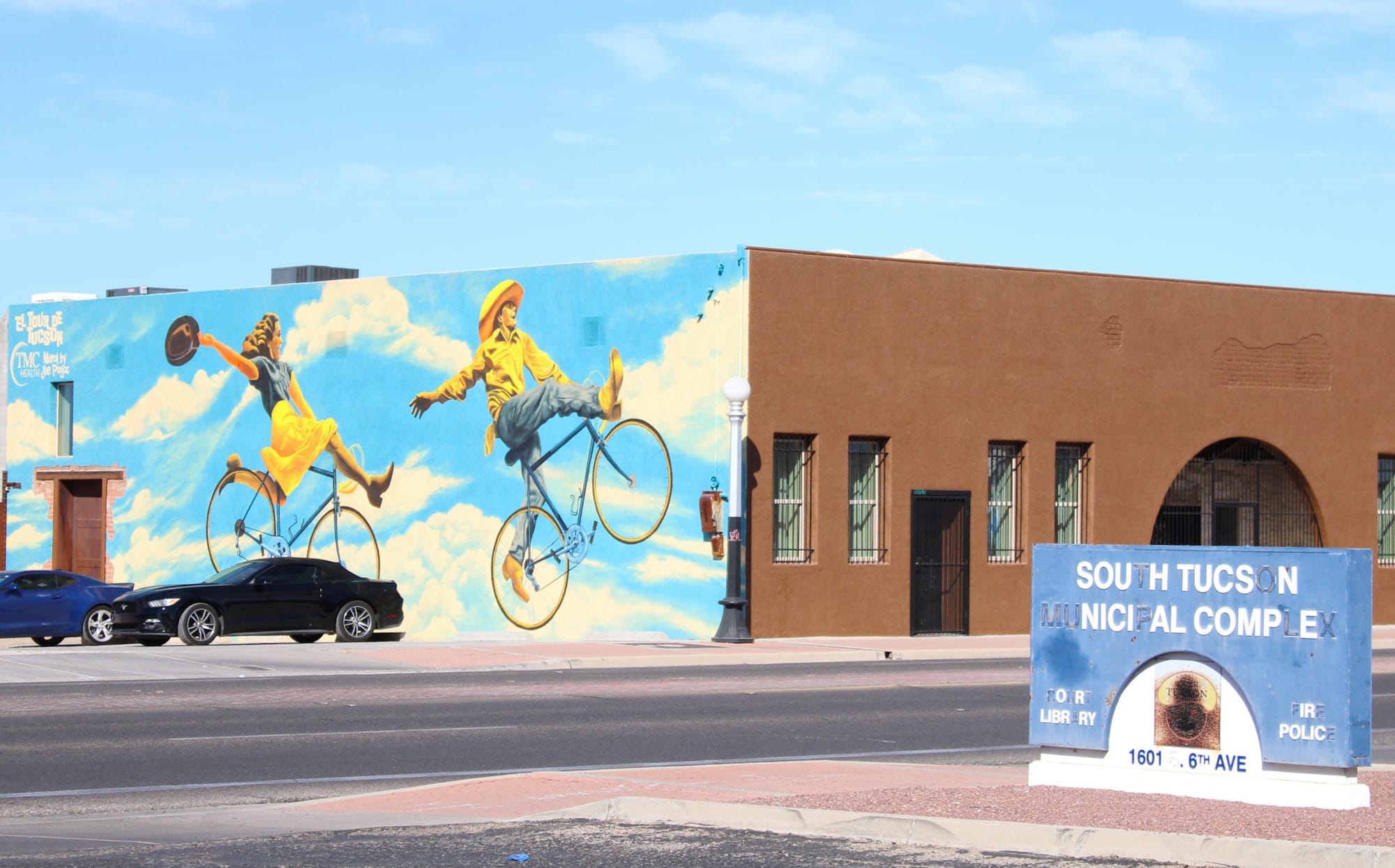
During that same meeting, students were recognized by the council with a certificate honoring their contributions to the city.
“Urban planning historically has been a tool for destruction,” Barajas said. “That's why it's really important to support our future planners of color, our future leaders, because we need to bring in people that are from these communities because they know firsthand — they're our organic planners. We want them to be mindful of community. They learned stuff that now they could apply in any other work.”
Students say the toolkit represented more than just another project — it was an experience they’ll carry with them into their careers.
“Working on this project has opened my eyes up more to opportunities that I hadn't been considering before,” Brennan said. “I'm really passionate about community engagement now. Our meetings with stakeholders were my favorite parts of working on the process, and I've learned how important it is to really get to know the city you're working in when working in planning.”
For South Tucson’s leaders, the project offered a chance to learn from the toolkit, plan for the city’s future and validate its oral history through institutional research that lends credibility to the community’s stories.
With one-third of South Tucson’s residents under 18, the toolkit aims to ensure a thriving future for the city’s next generation, one that builds on its cultural roots and community identity.
“It's really important to keep the culture and the identity of the city,” Romina said. “It was about hearing the community and what is important to neighbors and the government and focusing on the problems or opportunities that they have.”
Susan Barnett is a freelance journalist in Tucson and a University of Arizona alum. Contact her at SBarnett.journalism@gmail.com.
Tucson Spotlight is a community-based newsroom that provides paid opportunities for students and rising journalists in Southern Arizona. Please consider supporting our work with a tax-deductible donation.

